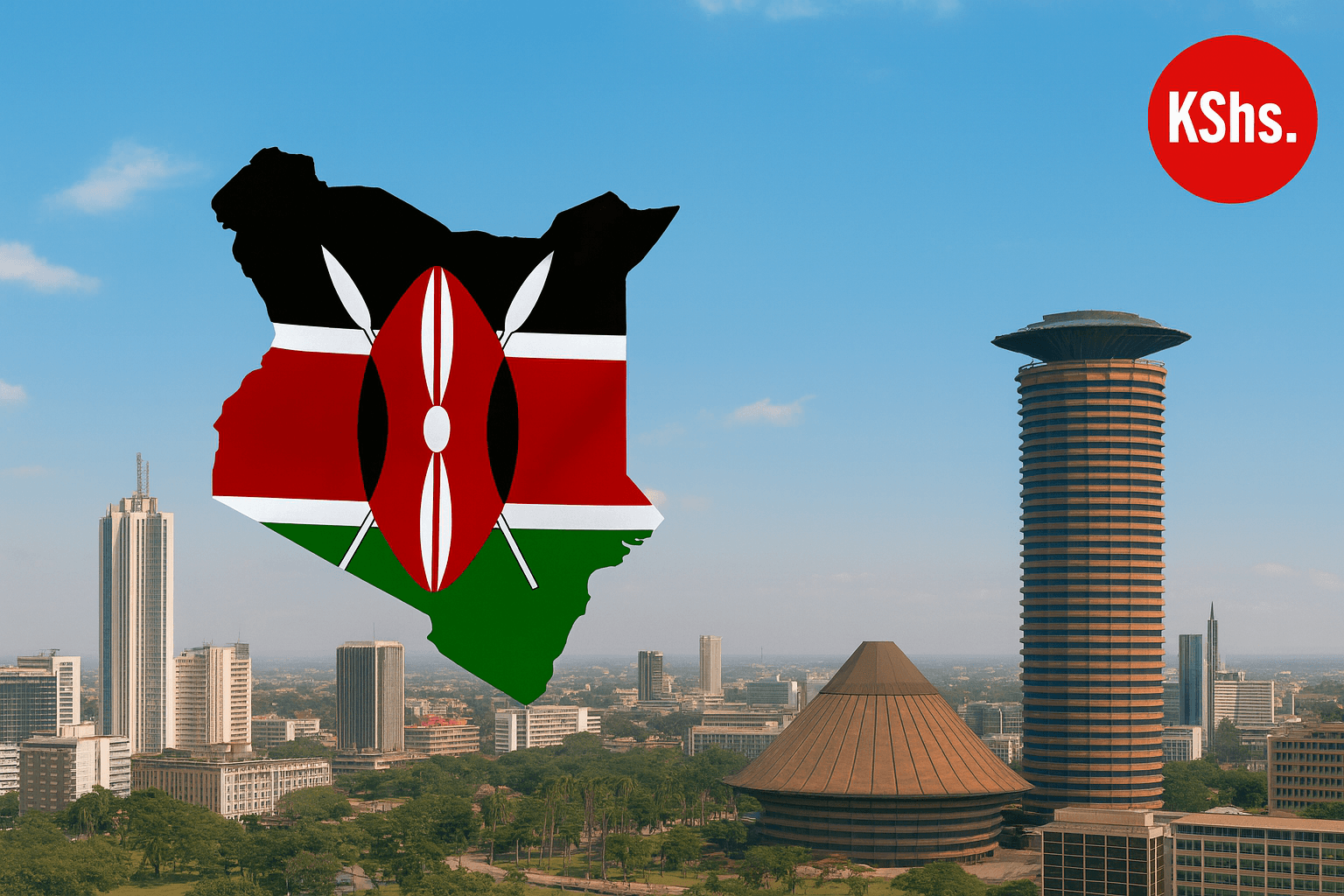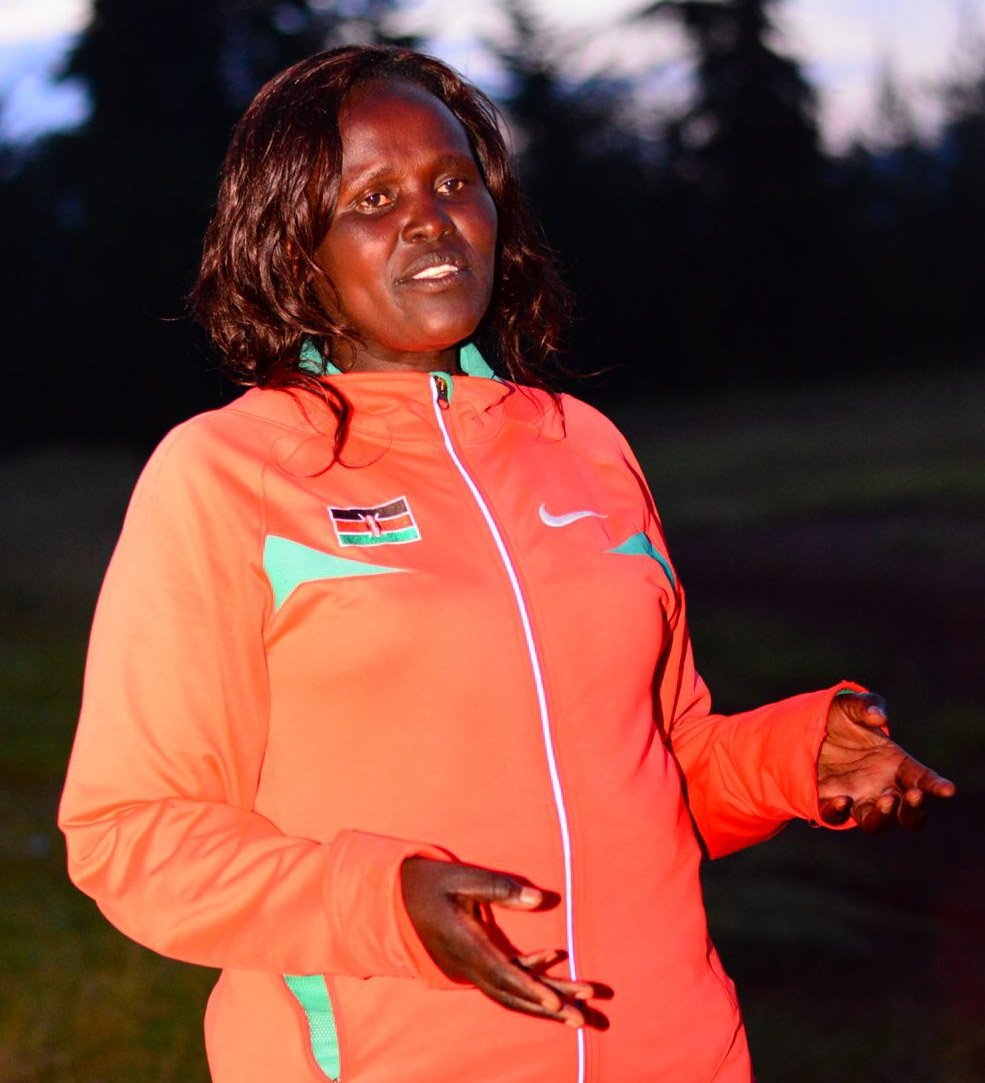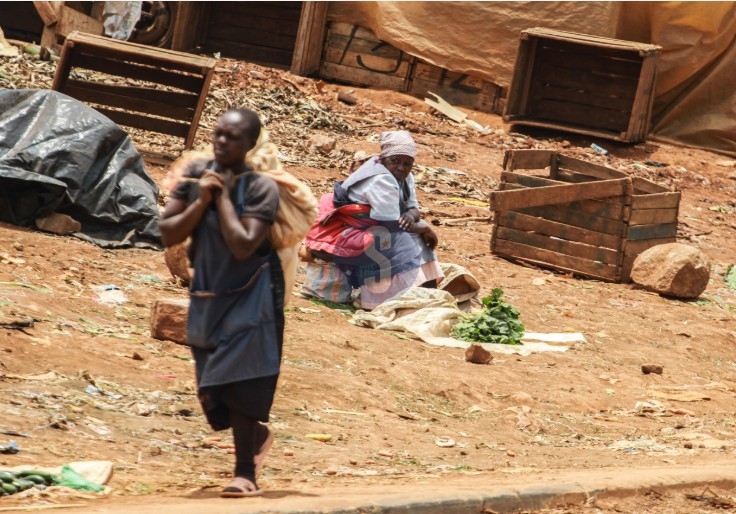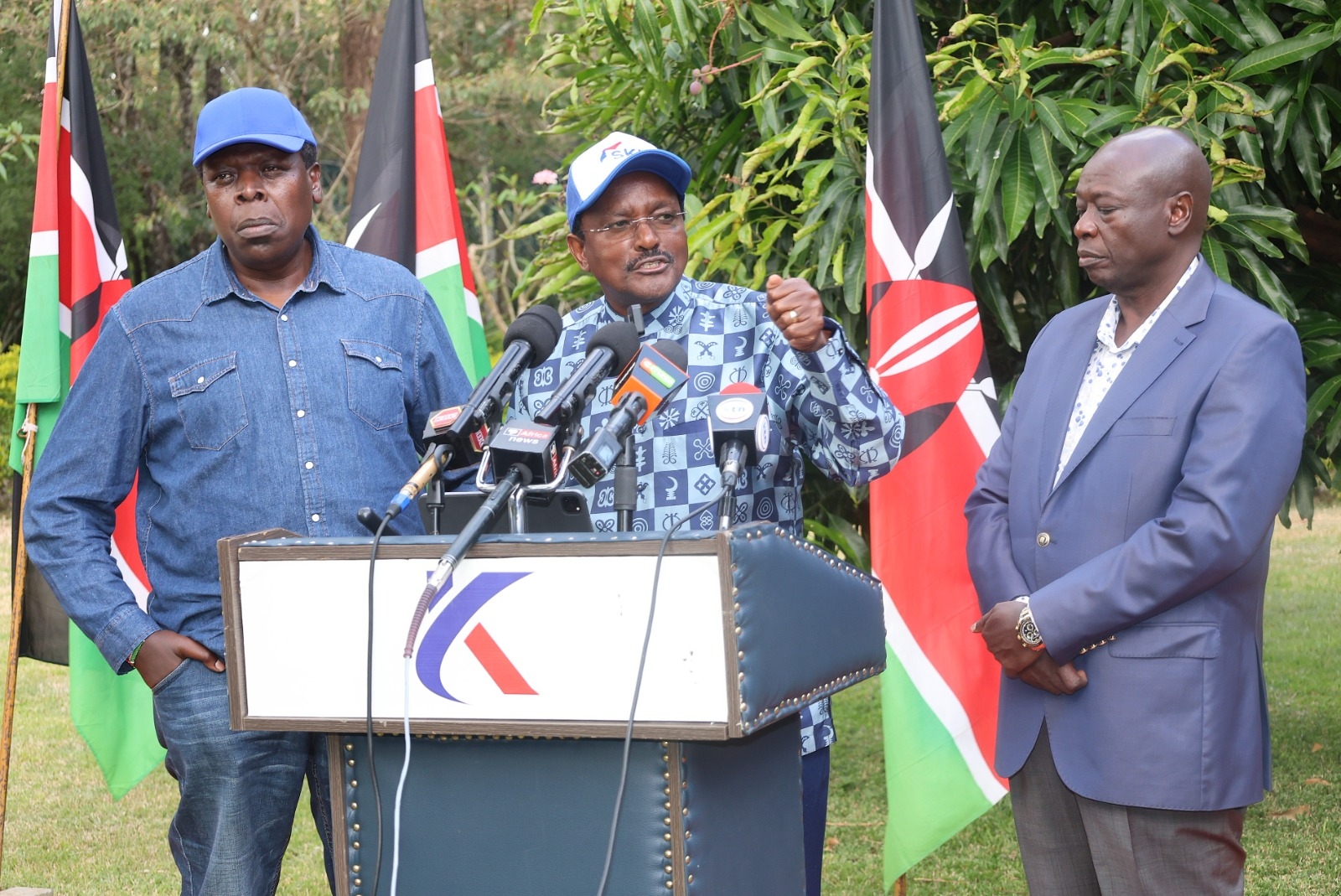Taita Taveta county is banking on the implementation of the County Climate Action Plan (CCCAP) 2023-2027 to build climate change resilience and attract climate investments.
The five-year plan seeks to transform the county into a climate-resilient and low-carbon society through community-led sustainable interventions.
Further, it outlines scenarios and interventions tailor-made for the region.
The county is largely an ASAL region and is heavily impacted by Climate Change largely by way of prolonged drought, flush floods and the perennial human wildlife conflict.
Droughts, occasioned by consecutive failed rainy seasons, have resulted in failed crop seasons, threatening food security and contributing to high poverty levels.
Increasing human-wildlife conflict has been attributed to climate change as wildlife encroach on community areas in search for water, leading to damage of property and loss of life.
The worst affected wards are Sagalla, Ngolia, Kasighau, Bura, Chawia and Mwatate. Others are Mata and Challa wards.
Climate Change has severely affected crop and livestock production in the region, with an estimated 170,000 people still being food stressed.
According to the Taita Taveta County Climate Risk Profile, 48 per cent of the population suffers from food poverty, 34 per cent of the children are stunted while 11 per cent of the children wasted.
Governor Andrew Mwadime now says the plans form a county blueprint that is aimed at attaining a low carbon climate resilient economic growth.
Interventions, he said, span across all sectors of the economy but special emphasis is directed at agriculture, water, environment, health, energy and infrastructure, being the most severely impacted by climate change.
“This has become ever more urgent, considering the fact that the climate crisis has eroded hard-won development gains and deepened the cycles of poverty and vulnerability across the county,” Mwadime said.
The governor said the CCCAP is in line with Sustainable Development Goal (SDG13), which aims at strengthening resilience and adaptive capacity to climate related hazards and natural disasters.
“We have taken a front seat in efforts to mainstream climate change measures in sync with the National government's global obligation towards adaptation and mitigation of climate change, and to work towards net zero emissions by the year 2050,” the county boss said on Sunday.
To mitigate the effects of climate change, County Climate Change and Environment Director John Mlamba said the CCCAP prioritises key areas for action to improve food security.
They include, reducing risks from droughts and floods through early warning systems, emergency response plans, and climate-resilient agricultural practices.
Others are water resource management, health, sanitation, promotion of renewable energy adoption and development of sustainable transport systems among others.
The interventions, Mlamba noted, will mainly focus on food and water security resilience through investment in infrastructure for rainwater harvesting.
He added that the Agriculture and Livestock department will promote the growth of drought-tolerant crops, support the introduction of resilient animal breeds, fodder conservation, and related investments.
Other key interventions include tree growing and drilling of boreholes in places where water pans are not feasible and use of clean energy.
“We are supporting tree-growing initiatives, especially around water catchment areas, adaptation of climate-smart agriculture technologies, focus on renewable energy like solar, biogas, efficient cook stoves, among others,” he added.
The estimated cost for the implementation of the climate change action plan is Sh17.81 billion.
The county is expected to develop a Public, Private and non-state actor’s partnership for financing and implementation of climate change adaptation and mitigation projects.
Further, it will also commit at least two per cent of the county development budget to the County Climate Change Fund to support activities identified by communities through the established county climate change institutional framework.














